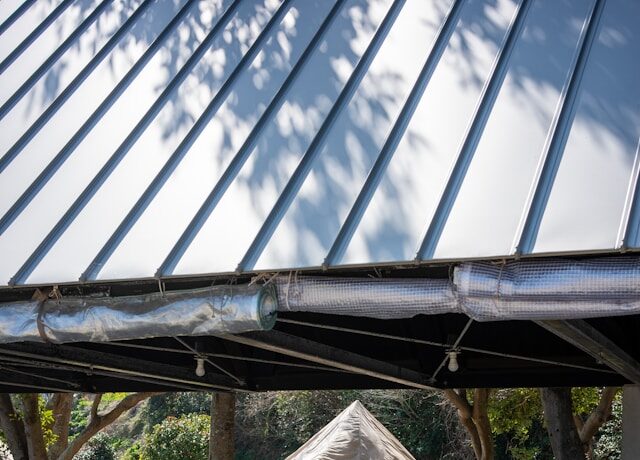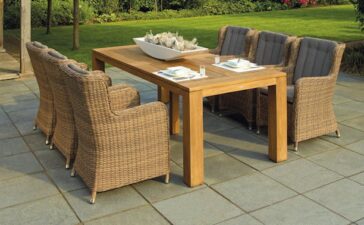Australia covers many landscapes, so people design and use outdoor spaces in different ways across each local climate. Dry deserts, humid tropics, and windy coasts all mean comfort is not the only target, shade must last, stay safe, and really fit each region. Finding the right setup needs care with climate, structure, and strong material for weather patterns, plus the amount of cover and use that people want.

Dealing with Intense Sunlight in Dry Regions
Managing strong sun matters most for outdoor life in arid or semi-arid zones like central and Western Australia. Hot weather with high ultraviolet (UV) and long sun hours needs shades that stop UV and keep heat out. People choose reflective and thermal-resistant materials to limit heat trapped by shade covers in these sunny places. Fabrics used often are canvas, top-grade polyester, and vinyl-coated weaves due to how they handle strong light. For example, in Perth, UV and wind both challenge shade owners, so PVC garden shade Perth choices are very common. PVC shades resist UV across many summers without breaking down and often come with wind protection or simple cleaning, suiting people who need lasting results.
Combating Humidity in Tropical Zones
Up north in Darwin or Queensland areas, outdoor shade faces high humidity, heavy rain, and heat for most of the year. Strong sun is still a worry, but dampness is now a bigger problem without airflow, mould, rot, and bad smells show up. People in these places pick shade fabrics that breathe well, allow breeze, and block UV at the same time. Mesh and solution-dyed acrylics get used since they do not fade under UV, keep mildew away, and shed water fast. Shade frames also need a way for water to run off, not stay and pool when rain is heavy. Rust-safe metals, like powder-coated aluminium are important to keep the frame standing strong year after year in damp air.
Withstanding Coastal Winds and Salt Exposure
Wind and salty air battle outdoor shade near beach areas in New South Wales or Tasmania. Strong frames are key here, as wind tests every seam and fastener on canopies and sails. Shades like sails or awnings must use tight stitches, stainless steel, or galvanised parts if they need to avoid rust. Roofed pergolas or louvre panels that lock tight do well in these windy zones. Wind-rated sails use smart design to let some air pass, stop too much drag, and avoid ripping. In salt-heavy air, builders prefer marine-grade steel and treated timber because both fight rust and decay for more years.
Balancing Temperature Fluctuations in Temperate Climates
Cities like Adelaide and Melbourne bring sudden changes, sometimes hot, sometimes cold, even all in one day. In these places, flexible shade matters, as houses see all four seasons in full. Systems you can move or change, for example motorised awnings or louvre roofs, work for people who want options. During hot days, users close the roof or roll out shades to drop indoor and outdoor heat. In the cold, opening shades lets sun and warmth inside by moving the system just a little. Materials like thermoplastic polymers or pressure-treated timber keep their shape and work even when the weather rises or falls fast.

Considering Design and Usage alongside Climate
Climate decides the best outdoor shade, but how a person uses the area matters, too. Shady eating spaces need other covers than play areas or car zones, so each plan must fit the use. Looks matter some like cantilever umbrellas that look modern, others want timber pergolas for a calmer style. In every case, the climate always decides which materials last, bad material fails even if the shape looks nice. Thinking about sun’s path, normal wind, and rainfall in the spot predicts what will last well.
Choosing well-made shade is not about style or colour only Australia’s weather types mean people must check how materials last, how strong the frame is, and if use matches needs. Knowing how sunlight, wind, and air moisture change shade choices in each region lets homeowners build cool, dry, and sturdy outdoor spots.





